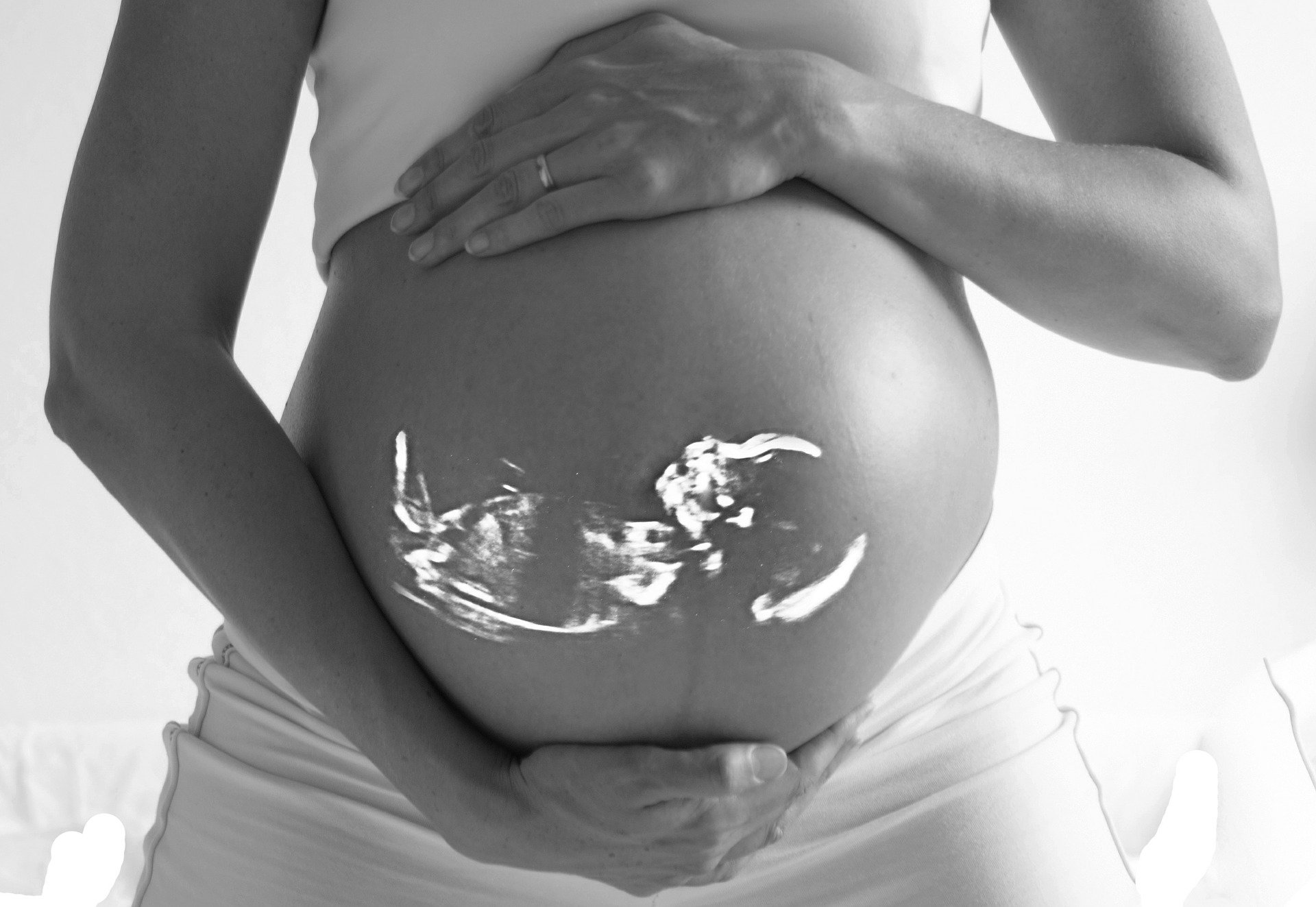End of Sex
4000 years ago: pregnancy-free sex
The Kahun Gynaecological Papyrus represents the first written record of contraceptive methods. Humans had developed the technology to decouple having sex from reproduction.
1978: sex-free pregnancy
The first “tube baby” is born. The advent of human “in vitro fertilization” (IVF) made it possible to become pregnant without having sex.
1990: risk-free babies
An early human embryo’s genetic profile is obtained before implanting it into the mother’s uterus. The first baby using “pre-implantation genetic diagnosis” (PGD) comes to the world. The method was initially conceived to screen embryos with high probabilities of carrying severe genetic disorders (e.g., cystic fibrosis).
These advanced biomedical tools are currently more widely implemented. However, they are not free of limitations. First, they are not readily available to everyone (they are expensive and come with no warranty). Second, they are both uncomfortable and unhealthy (especially the egg harvest). What’s next?
The End of Sex and the Future of Human Reproduction
20–40 years into the future, “Easy PGD” will become the norm for making babies, not sex. This is the argument of Hank Greely, an expert in law and biosciences, and it would work like this:
Skin cells will be harvested from the parents. In turn, these will become “induced pluripotent stem cells” (iPSCs), which can develop into any kind of human cell. For the purpose of Easy PGD, iPSCs will be transformed into eggs or sperms by a process called “in vitro gametogenesis” (IVG). Subsequently, a series of eggs will be fertilized to produce a series of embryos (with a few days and a few cells) with different genetic combinations. In other words, an array of embryos will be available for genetic screening and from which to pick and choose for implantation.
Economically, Easy PGD could be possible thanks to estimated advances in technology and associated cost reduction. In practice, it might become the preferred mode of conceiving a baby for various reasons, Greely argues. The most obvious benefit (compared to current methods) is that it will represent the end of egg harvesting. However, Easy PDG would also open new technical possibilities with strong ethical implications. For example:
- Same-sex parents with equal gene contribution. Both women and men would be able to produce eggs or sperm. In the case of women, the involvement of a third person to make a baby (e.g., sperm donor) won’t be necessary. In turn, this would open other options (see below). Regarding the sex of the baby, in general, human females have two X chromosomes. In contrast, males have one X and one Y chromosome. With Easy PGD, in the absence of females, males could contribute to both female and male embryos (the opposite is not true).
- One single parent would be able to fertilize her/his own egg to produce one embryo. This would be known as “uniparenting.”
- Several people would be able to contribute to a single embryo. For example, cells from a PGD embryo can be used to produce eggs/sperms. These can then be combines with those of a third person. In terms of genes, the new embryo would combine 25% of person A, 25% of person B, and 50% of person C. Effectively, persons A and B would become de facto grandparents of the upcoming baby. Imagine all the various complex possibilities. This would be known as “multiplex parenting.”
- Parenthood at old age. Every woman is born with a limited number of eggs that age and eventually die. Instead, skin cells regenerate constantly, and they could be harvested in an elderly person to produce healthy eggs or sperms.
- A dead person could become a parent. Some tissues could be preserved (e.g., frozen) to produce iPSCs and then eggs or sperms.
- It would be easy to steal someone’s eggs or sperms. With just keeping a glass or any object recently touched by someone, it would be possible to extract skin cells to make eggs or sperm ready for Easy PGD.
Which could be the evolutionary implications for our species? Some ideas come to mind:
- Directed evolution. If the parents can choose, within a range of embryos, the general characteristics of their future babies. Are they going to select only those characteristics related to the baby’s health (e.g., low probability of cancer)? Are they going to choose also the sex? What about the eye, hair, or skin color? This could constitute an unprecedented case of artificial selection. Think of the process leading to the chihuahua and the great Dane, starting from a wolf-like starting point!
- Accelerated evolution. Within the “multiplex parenting” paradigm, we are contemplating the possibility of skipping generations. Germinal cells of a series of embryos can be extracted and subsequently recombined over extremely short generations (of just days). Novel recombinations (even mutations) producing novelties could also be quickly accumulated. Combined with “uniparenting,” the previous process could even be carried out by a single parent.
The scenarios above are just a couple of examples. They don’t necessarily represent the shape of sex to come. Nevertheless, they represent possibilities that we might have to face soon. We need to start discussing and preparing for them (for example, by developing thoughtful, ethical legislation).
Without a priori knowledge of your charm, would you have been the chosen embryo?
Thanks to David Alba, Marc Furió, Ashley Hammond, Santiago Catalano, Nathan Thompson, Laia Salles Diez, and Laila Pilgren for reading drafts of this.
Cover image by Rudy and Peter Skitterians from Pixabay.

